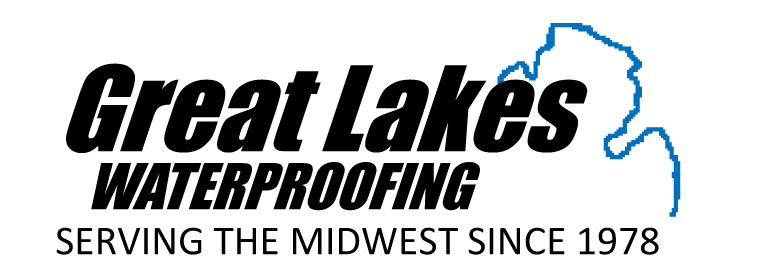Great Lakes Waterproofing specializes in exterior basement waterproofing, stopping water before it goes through your walls for Real Waterproofing. Most waterproofers want to rip out part of your basement floor, install a drain-tile and pump the water back outside
Using all-natural bentonite, blended for waterproofing, we inject the surrounding ground with a bentonite slurry that looks like chunky oatmeal. Depending on soil conditions, this can be a few gallons up to hundreds. Filling voids and water pathways, bentonite is a highly effective all-natural matarial that gets a "excellent" rating from HUD as a basement waterproofing material.
Most ground surrounded buildings starts with a foot or two of hard-packed dirt, but under that we usually find much softer, less dense or even hollow ground, this is where water is collecting looking for any opening into your foundation. Bentonite will find these voids and water pathways, stopping the flow of water on the outside.
















